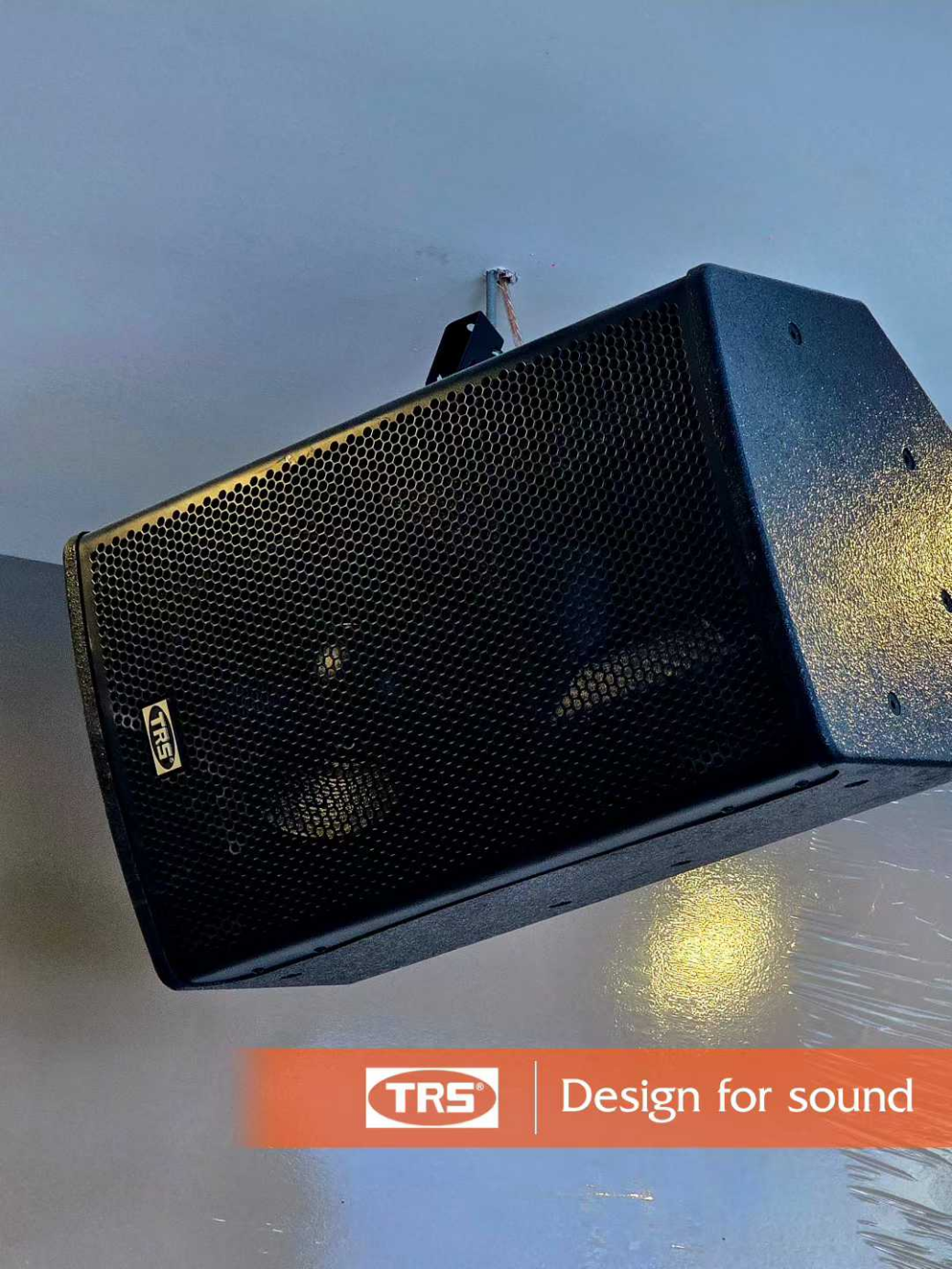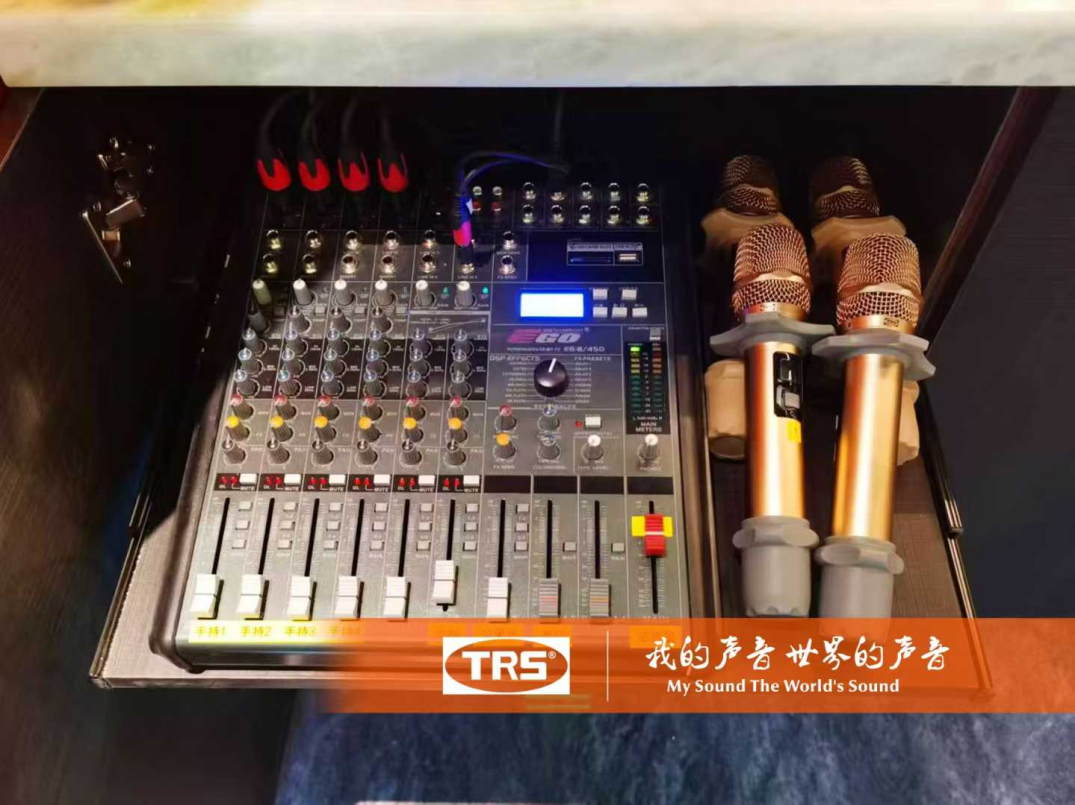Research shows that immersive sound effects can prolong audience stay by 40% and increase knowledge retention by 35%
When visitors enter the museum, a carefully arranged line array speakers quietly activate, accurately projecting the ancient chime sound to every corner of the exhibition area; Next to the bronze display cabinet, the hidden column speaker carries the sound of knocking during casting and the conversation of craftsmen. These “audio histories” created by professional sound systems are revitalizing silent cultural relics.
The primary task of a professional audio system in a museum is to achieve precise sound field zoning. Through directional control of line array speakers, the sound effects of different exhibition areas can be strictly limited to specific spaces to avoid mutual interference. In the bronze ware exhibition area, the subwoofer simulates the rich sound of casting hammers; In the jade exhibition area, column speaker conveys the collision sound of Qingyue. This precise sound field control gives each exhibition area a unique auditory identifier.
The digital amplifier system provides personalized sound solutions for different exhibits. Through the intelligent management of the processor, the system can automatically adjust audio parameters according to the type of cultural relics: bronze ware requires heavy low-frequency performance, porcelain requires crisp mid high frequency, and calligraphy and painting works require soft background explanations. The power sequencer ensures that each audio unit starts and stops accurately according to the preset program, achieving perfect synchronization of sound, light, and image.
The Audio mixer is the command center of the museum’s sound system. The staff can finely adjust the volume of different exhibition areas through the audio mixer to ensure that the commentary is always clear and distinguishable. During the special exhibition, the audio mixer can also quickly switch to a multilingual navigation system, providing convenience for international tourists.
The application of wireless microphone systems has expanded the educational functions of museums. The tour guide uses a head mounted microphone for explanation, with the sound evenly covering the entire exhibition area through a hidden column speaker . In the educational activity area, teachers use handheld microphones to interact with students, and the processor automatically optimizes speech clarity to ensure that each participant can hear the explanation clearly.
In summary, the professional sound system of modern museums is no longer just a simple amplification device, but a bridge connecting history and reality. Through the precise projection of line array speakers, the atmosphere created by subwoofer, the delicate presentation of column speaker, and the intelligent collaboration of digital amplifiers, processors, power sequencers, and audio mixer, cultural relics can “speak” with the accompaniment of sound. This immersive auditory experience not only enriches the visitor’s experience, but also deeply immerses historical and cultural knowledge in the hearts of the people, achieving a new upgrade of the museum’s educational dissemination function.
Post time: Nov-12-2025



